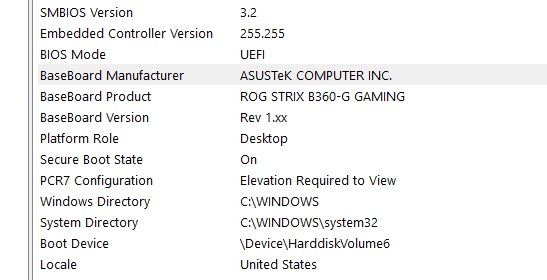How many times have you ordered a part for your computer, or installed software only to find out later that it doesn’t work because you don’t know what motherboard type you have?
It’s frustrating when this happens. But there are ways to avoid the problem in the first place! This article will help by exploring all of the different types of motherboards available and offer advice on how to figure out which one is yours. It’s important to know your motherboard type before ordering parts or installing any new programs!
The article will cover everything from Intel boards, AMD boards, and more. We’ll offer some helpful tips on how to identify a motherboard by reading the model number or searching online to find out which type it is.
So let’s get started!
Table of Contents
Why Do We Need to Know About Motherboard?
The motherboard is the central component of a computer which links all of its parts together, allowing them to communicate with each other and run smoothly as one unit.
A motherboard has many different components on it, including expansion slots for leads (like graphics cards), fan sockets, audio sockets, USB ports, etc… The job of the motherboard is to give life to the computer by allowing all of its parts to connect and provide power. If there are any problems with the motherboard, it can cause a breakdown in communication between the parts of the computer and slow down or even halt its ability to function.
It’s important that you know which type of board is inside your computer as that will determine what types of parts you can use with it.
Let’s look at some common motherboard types:
Intel motherboards are arguably the most common type used for desktops today. Intel-based boards offer an excellent blend of features, performance and power consumption.
They also have a wide selection of software drivers available, meaning there is usually no need to wait long before new hardware becomes compatible with this type of board.
AMD motherboards are another common choice, offering several benefits over Intel boards such as lower power consumption and prices. AMD boards can be a great choice for those who enjoy building their own PCs as they usually offer more customization options than Intel boards.
Even so, there are many other choices available today such as multimedia motherboards and industrial motherboard . Some less common options include mini-ITX, server motherboards , and embedded board .
Finally, it’s important to remember that the specific type of motherboard you have will determine what types of parts you can use with your computer.
For example: If you have an older Intel-based system, make sure to check whether or not a software release is compatible with your particular model of motherboard before installing it! This way you’ll avoid compatibility issues which could lead to strange behavior from your computer as well as damage to parts from overheating, etc… Likewise, if you have an older motherboard it’s probably not worth the trouble of upgrading unless you plan to replace it with a similar model as some upgrades just won’t work.
How to Check What motherboard Do You Have?
Open Your Case and Check Directly
The most simple way to figure out what motherboard you have is to open up your case and look at the label on the motherboard itself. This is usually located near one of the expansion slots or in close proximity to the CPU socket.

Most motherboards will tell you directly which model type it is, along with additional information like if there are any BIOS updates available.
Use A Command Prompt
If you have Windows 7 or later, you can use the command prompt to find out what motherboard type you have. Just click on Start then type cmd into the search bar. From there, right-click on Command Prompt and select Run as Administrator to open up a window with elevated privileges. Then just type in wmic baseboard get product,Manufacturer.

Use System Information

System Information allows you to inspect all kinds of information about your computer, including motherboard type. To access it, just click on Start then type in System Information to search for the app.
System Information will usually give you more detailed information about your motherboard than wmic baseboard alone.

